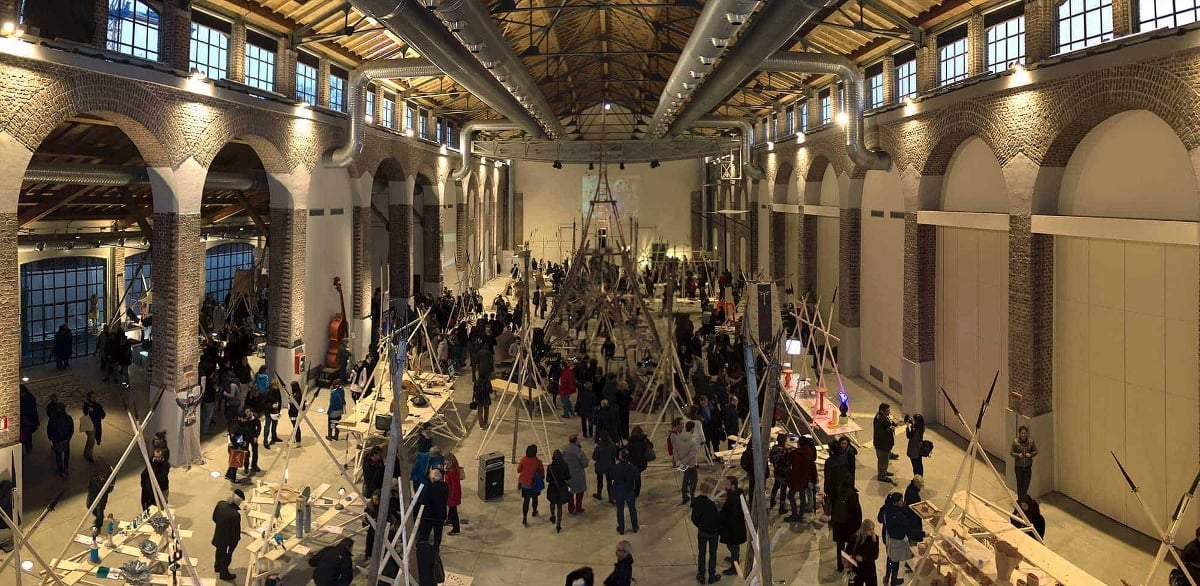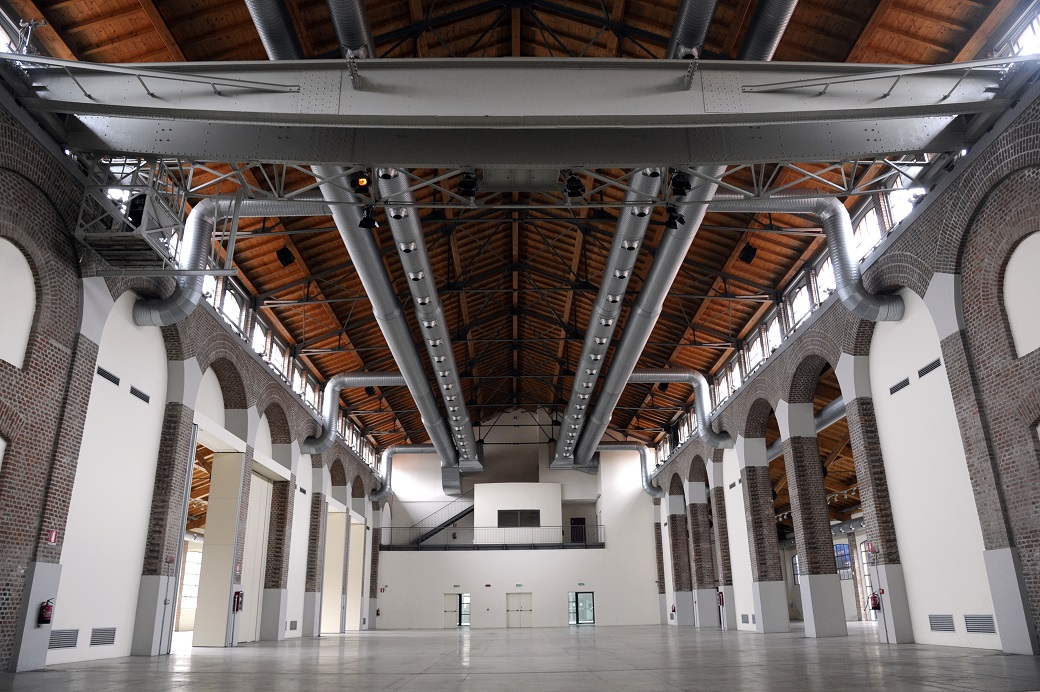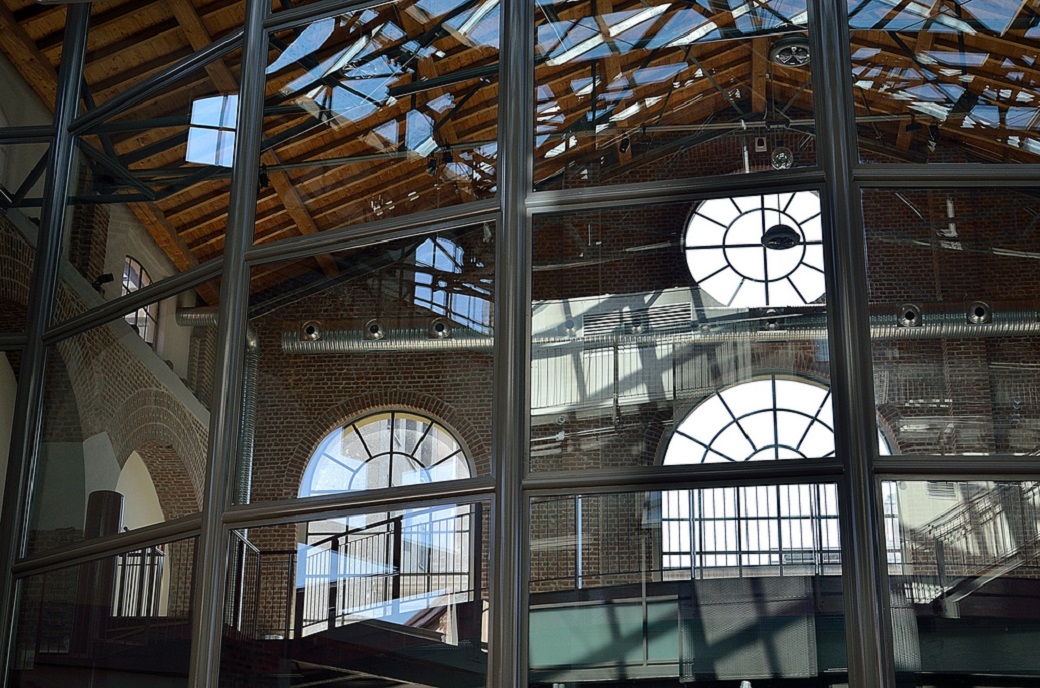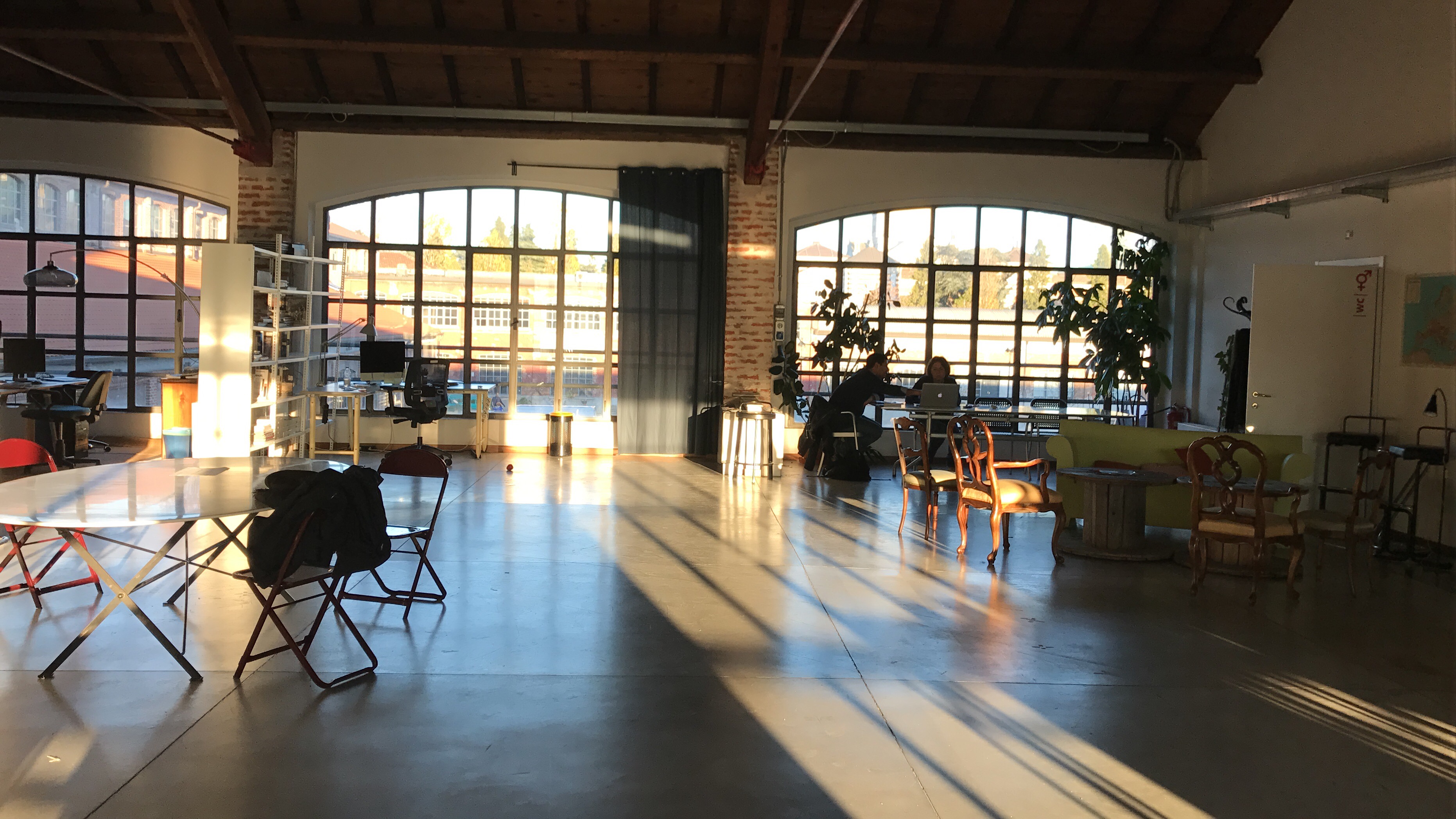



At the end of the last century, in the midst of the industrial revolution, the first major engineering industries were born in Italy and especially in the north. In a time of great transformations, the city of Milan appears as one of the most fertile sites for new activities in the national territory.
On January 26, 1899, a company was founded in the area around via Messina (at street number 9), the Carminati, Toselli & C. company, which is dedicated to the "construction, repair, sale of mobile and fixed material. for railways, tramways and the like ".

The area in which the company has its headquarters is still poorly built and offers convenient possibilities for expansion. The tramway car repair sector is going through a very flourishing period and, in a short time, market opportunities multiply; in addition to simple maintenance, the company also began to dedicate itself to the production of rolling stock for some of the many railway companies present at the beginning of the century throughout Italy.

Increasing attention is dedicated to the study of new tram carriages, as tramways, with the transformation of the traction method from animals to steam or electric, are on the way to becoming the driving force of economic development.

At the beginning of 1907 the Carminati, Toselli & C. Company was dissolved and, with the contribution of new partners, the "Italian Society of Carminati Toselli" was established for the construction of transport material.
The company not only changed its name, but expanded further by purchasing new undeveloped land; within a few years the new headquarters occupied the entire block between via Messina, Procaccini, Nono and Piazza Coriolano.

In the meantime, production has no stopping moments and, between 1907 and 1920, the same years in which the construction of the buildings on the new area is being completed, the first patents appear.

Only with the outbreak of the First World War did Carminati Toselli's production slow down. Due to the limitation of circulation times, the public tram service is, in fact, forced to abolish entire lines and to reduce the overall number of cars in service as well.

In addition to the economic damage, the war, with the bombings, also causes numerous material damage to Carminati Toselli. A bomb, for example, crashes into the covered passage of the Calderai shed (the Cathedral).
At the end of the war, the Municipality directly took over the management of the urban tram service; one of the first steps taken by the new management is to order a series of experimental cars from various companies in the sector. Among these there is also Carminati Toselli. At the end of 1919 the Italian Carminati Toselli Society employed 1350 workers.

In this period, after the decline due to war events, Carminati Toselli, thanks to a constant growth in requests for tram cars, saw its production increase considerably. At the end of 1926 the Milanese tram network had a development of 151 km: 700 cars circulate every day, for a total of 327 million passengers.
If one thinks that, in 1886, Milan had 99 km and 125 cars in service, one realizes how, in the space of forty years, there has been a significant expansion of the entire tramway network.

The peak of Carminati Toselli's production lasts about a decade. With the taking of power by the fascist regime, in fact, a period of stalemate begins for the Company which in a short time leads to a real crisis. In 1935 the Italian Carminati Toselli Society was dissolved.
From this moment on, the buildings located in the area between the streets Messina, Procaccini, Nono and Piazza Coriolano are first rented and then sold to different companies that carry out the most varied activities (textile and pharmaceutical industry, typography, road haulage and various deposits).

Each of these firms carries out interventions on the buildings and, to adapt them to their needs, drastically modifies their original appearance. One of the major changes concerns the warehouses located on via Procaccini, which, already severely damaged following a bombing in the Second World War, are definitively demolished. This demolition creates a large free area on which a trucking company creates a yard for maneuvers.
In more recent years, however, some of the warehouses have been used for cultural events, fashion shows and as a film set.
Steam Factory
Address: Via Giulio Cesare Procaccini, 4, 20154
Phone: +39 392 2943656
Site:
https://milanooff.comLocation inserted by
Katia Pangrazi